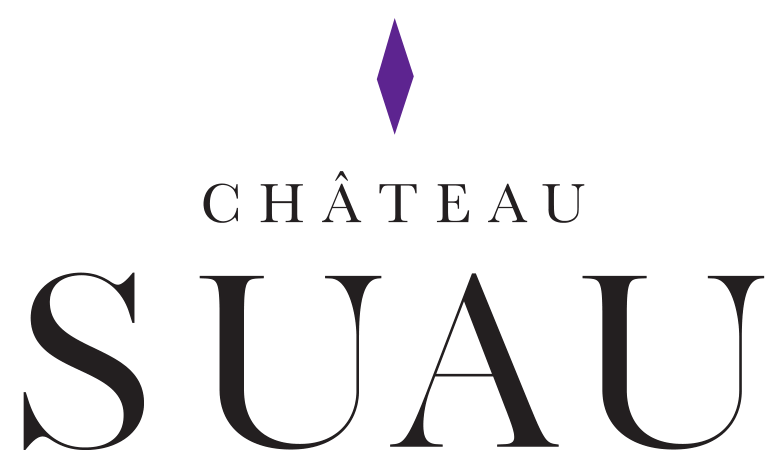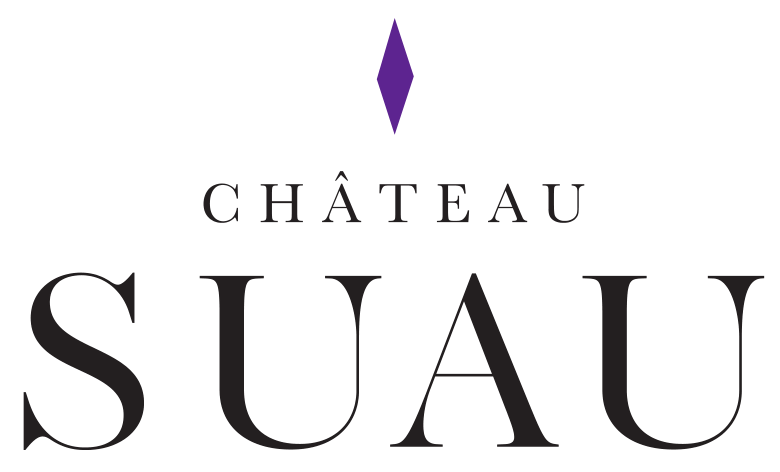It is one of the most famous, coveted and prestigious drinks in the world. If you like to look at it, feel it, drink it and even get drunk on it, you often know nothing about it. Wine, star of tables and aperitifs, star of bars and cellars is much more mysterious than it seems… The wine is much more mysterious than it seems. Discover all the secrets of this drink that is the “jewel” of France with this short wine guide line.
Following our Saint-Emilion in 1999, two other French vineyards joined the select circle of vineyards listed as UNESCO World Heritage Sites: Burgundy and Champagne. Proof of the importance and influence of French wine in the world.
The vineyards, it all starts with them. Indeed, our vines are not only composed of the beautiful landscape typical of wine-producing regions. They are the ones who give birth to the different grape varieties.
What are the grape varieties?
A grape variety is a variety of cultivated vine plant. There are many (about a hundred) in France. Here are some examples, some of which will probably be familiar to you:
Black grapes
- Merlot (very characteristic of the Bordeaux region!)
- Pinot noir (the most planted in the world)
- Cabernet sauvignon
- Syrah
- Grenache
- Mourvèvre
- Carignan
- Cabernet Franc
- Gamay
White grapes
- Chardonnay
- White chenin
- Sauvignon
- Muscat
- Riesling
- Gewurztraminer
- Roussanne
- Marssanne
In addition to the grape variety, many other natural and human factors will influence the constitution of the future wine. From the soil in which the vines will grow to the local climate, including the location of the plots and the viticulture/vinification/mode of ageing of the wines (do not cross out any unnecessary mention)… The factors are numerous and very varied, whether they are due to Mother Nature or to man’s hand.
3 colours, 1001 types of wine
It is well known that there are never two without three. In oenology, it’s a bit the same thing. There are three main types of wine: red, white and rosé. Colour is undoubtedly the first element that will interest both professionals and consumers. It is first of all the one who will be chosen before deciding on a region and a type of wine…
If there are three types, we do not count the number of gradients that are added. These will give solid clues about the nature of the wine and its condition if you have some basics in the field, such as its age.
Did you know that? If white grapes can only produce white wines, black and red grapes can produce beverages of all three colours.
The Reds
As you will have realized, the maceration period is particularly important for our friends the red wines and even essential, from a few days to several weeks.
The process will also have repercussions on other elements that are very important for the future wine, such as aromas, structure or flavours. It is this that will make a wine more or less tannic, this taste very characteristic of red wine.
The wines of the South of France (the Rhône Valley, Provence and Languedoc-Roussillon) are characterised by sun-drenched grape varieties: mainly Cinsault, Grenache and Syrah. They will produce round and powerful wines, rich in alcohol.
Eastern France is made up of 3 major wine-growing regions: Burgundy-Beaujolais, Alsace and Champagne with the wines of the Jura as a bonus. There, Pinot Noir reigns supreme thanks to continental climatic conditions and clay-limestone soils. The result: high quality red wines are produced, combining finesse and aromatic complexity. If its red colour is not very intense, it is a good candidate for ageing.
Finally, we no longer present the West and particularly our Southwest, with Bergerac, the wines of the Loire and the wines of Bordeaux of course. 7,000 vintages, more than 117,000 hectares, 57 appellations… The figures for Bordeaux wine are among the best known and renowned in the world.
The region has to deal with oceanic flows, mild and rainy winters, as well as hot and humid summers. The star varieties are Cabernets Franc and Sauvignon as well as Merlot and Malbec. Often aged in barrels for long months, the wines are full-bodied and dark, but also fruity.
The Whites
For a white specimen, maceration will be forgotten or shortened as much as possible. Produced in the same areas as its red cousin, white wine is particularly popular in certain regions such as Champagne or Burgundy, where Chardonnay is the star grape variety.
The white wine no longer has its reputation to make in the Bordeaux vineyards, whether it is dry or sweet. Here, it is the Sauvignon Blanc grape varieties (as in the Loire Valley), Semillon or Muscadelle that are found in the vineyards.
A little further south, in the territory of the Côtes de Gascogne, Ugni-blanc, Colombard or Gros Manseng varieties have been planted. The first is also grown in the Cognac region, to produce the famous spirits.
The Rosés
To obtain a pretty pink colour, the skin and the juice will be allowed to move closer together briefly, until the desired shade is obtained.
Today, all regions have set out to conquer the rosé, although the pioneer is undoubtedly Provence. If the rosé does not have the aura of its darker counterpart, it has managed to do well over the years. Thus, every summer, it makes a sensation, as an aperitif or on sunny tables.
Most regions now offer their own rosé. This is the case for Bordeaux wines. The wines of this appellation are relatively opulent: ideal to start the meal or to water a barbecue with friends!
Solene Duclos
Latest posts by Solene Duclos (see all)
- The Appellation d’Origine Contrôlée and its secrets - 15 March, 2019
- Wine guide… Follow the guideline - 26 February, 2019
- The health benefits of organic wine - 9 September, 2015

